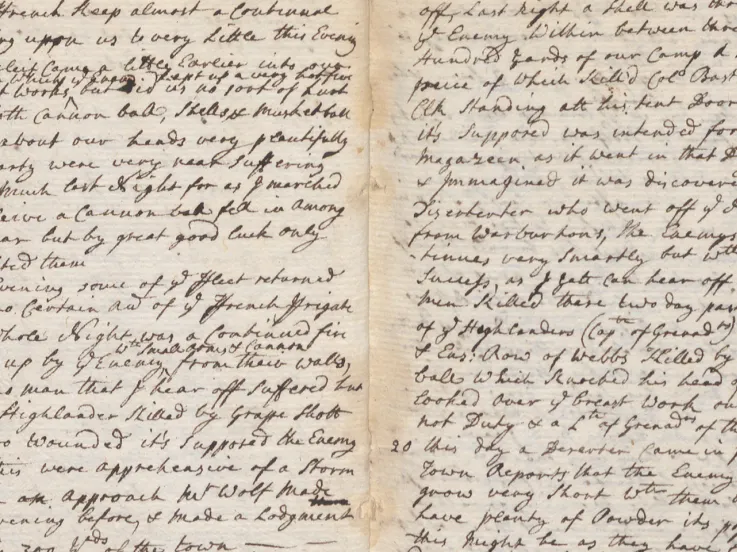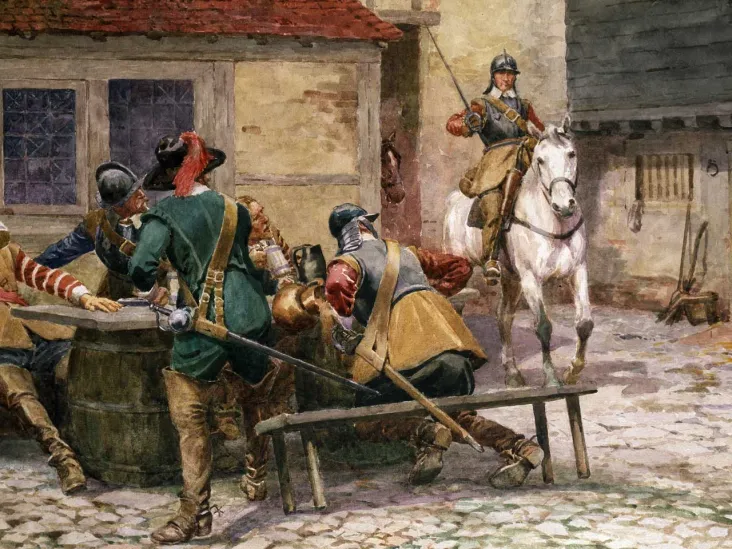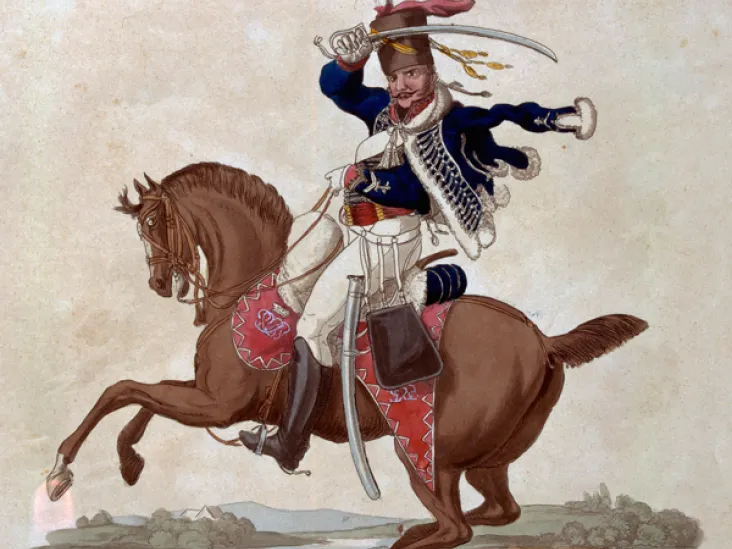Featured

A Soldier's Life
In Their Own Words: Captain Philip Townsend
Philip Townsend was an Irish gentleman. In 1756, he travelled to North America, where he fought against the French in the Seven Years War. His diary provides an insight into frontier warfare and the assault on Louisbourg.
Explore this story
















